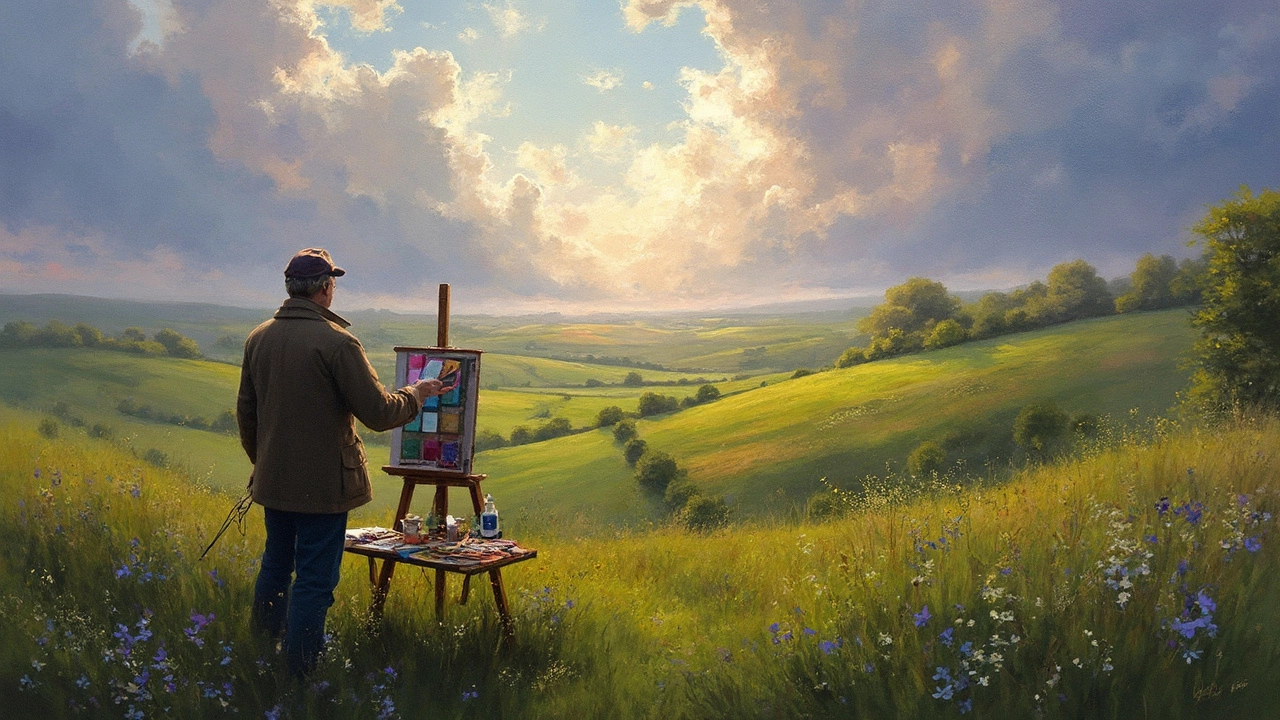Colour Mixing Made Easy for Any Artist
Ever wonder why some paintings look fresh while others turn into a gray mess? The secret is how you mix colours. Getting the right hue isn’t magic – it’s about understanding a few basics and practicing a little each day. Below you’ll find straight‑forward advice you can start using right now.
Why colour mixing matters
When you mix paint, you decide the mood of the whole piece. A bright orange can lift a scene, while a muted brown can calm it down. Knowing which colours blend well saves you time and money because you won’t waste tubes on failed attempts. It also helps you keep your palette organized – fewer tubes, more control.
Practical mixing tricks
Start with the three primaries. Red, yellow, and blue are the building blocks. Mix yellow + red for orange, red + blue for purple, and blue + yellow for green. If the result looks too harsh, add a tiny amount of its opposite colour (like a dash of blue to soften orange).
Use a neutral base. Adding a bit of white or gray lets you tone down a colour without changing its hue too much. White makes a colour lighter, while gray makes it duller. This is especially handy for skin tones or background washes.
Test before you commit. Always try a small swatch on a scrap piece of canvas or paper. Colours can look different when dry, so a quick dry‑test prevents surprises later.
Keep a mixing notebook. Jot down the ratios that work for you – for example, two parts yellow to one part red gives a vivid orange. Over time you’ll build a personal cheat‑sheet that speeds up the workflow.
Mind the medium. Oil, acrylic, and watercolor behave differently. Watercolour pigments spread more, so you’ll need less pigment to get a strong colour. Acrylic dries fast, so you might want to mix a little extra in case it darkens as it cures.
Now that you have the basics, try a simple exercise: pick three random colours from your palette and see how many new shades you can create in ten minutes. You’ll be surprised at how many useful tones pop up.
Remember, colour mixing is a skill you improve with practice, not a theory you memorize. Keep experimenting, stay curious, and let your palette guide you. Happy painting!

24 Jun 2025
Explore how to choose colours for landscape painting, with practical tips, science-backed facts, and examples. Discover what makes a palette truly work outdoors and how light, weather, and season affect your choices. Get actionable, creative advice for painting landscapes whether you’re a hobbyist or seasoned artist. Find out what pros keep in their paint box and how to make your scenes feel vibrant, real, and uniquely yours. This guide takes a deep and humorous dive—you'll never look at a field of green the same way again.
Continue reading...
